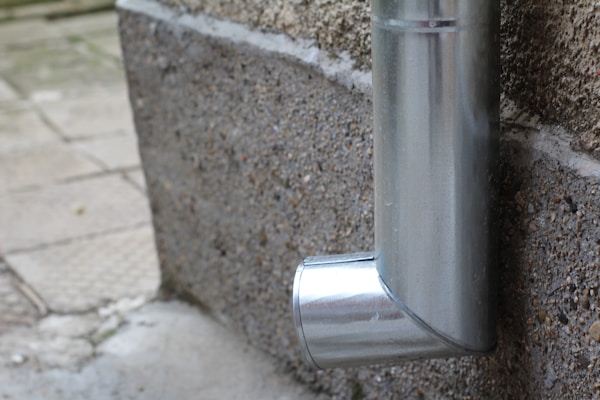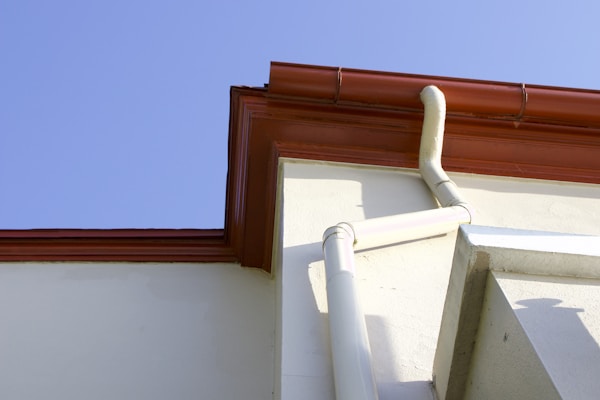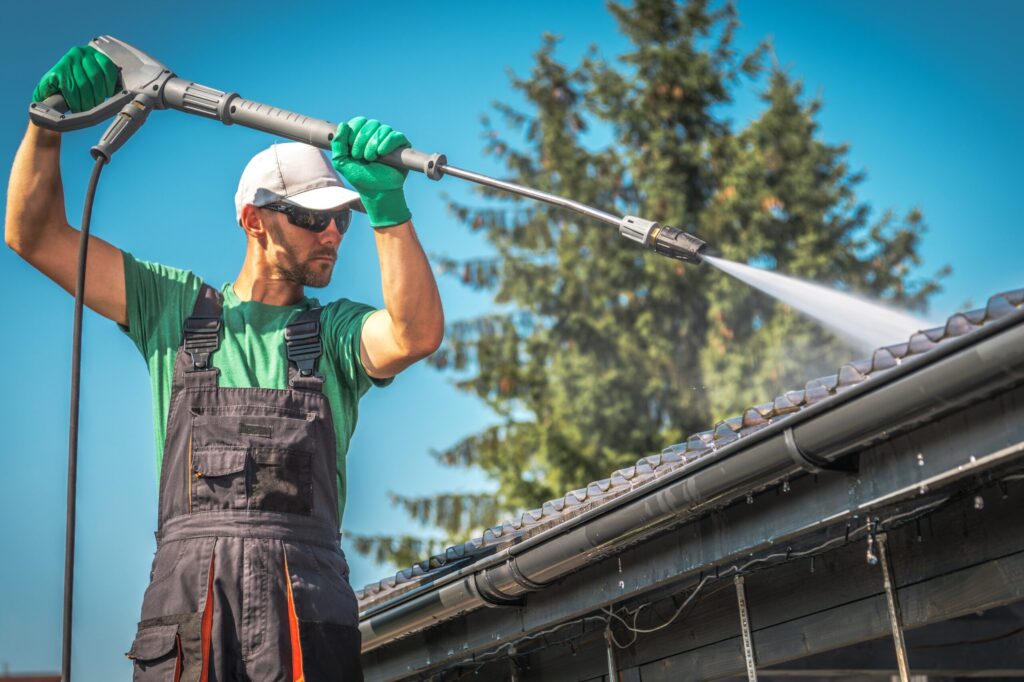Gutters play a crucial role in protecting your home from water damage, directing rainwater away from your roof and foundation. Despite their importance, many homeowners often overlook their maintenance and replacement needs. In this article, we will provide valuable information that will help you make informed decisions on gutter materials, proper installation, maintenance, and how much are gutters. Keep reading to learn more about this essential home component.
Types of Gutter Materials

When it comes to gutters, there is a wide variety of materials to choose from. Each material offers different advantages and durability levels. The most common types of gutter materials are aluminum, vinyl, copper, zinc, and steel. Aluminum gutters are lightweight, rust-resistant, and wallet-friendly. This makes them an attractive option for many homeowners, especially since they are available in a variety of colors. Additionally, aluminum gutters can withstand varying weather conditions, making them suitable for different climates.
Vinyl gutters, on the other hand, are made of durable and low-maintenance materials. They are easy to install, resist rot and rust, and can also reduce the risk of leaks since they don’t require many seams. However, note that vinyl gutters may become brittle in cold temperatures and might discolor over time due to sunlight exposure. Copper and zinc gutters are more expensive options, but they offer excellent durability and a distinct aesthetic appeal. They develop a beautiful patina over time, adding visual interest to your home.
Lastly, steel gutters are robust and long-lasting but may be prone to rust without proper maintenance. Galvanized steel provides better protection, while stainless steel offers durability and rust resistance but comes at a higher price. Choosing the right gutter material for your home depends on your budget, aesthetic preferences, weather conditions, and the material’s longevity.
Proper Gutter Installation
When installing gutters, it’s vital to ensure that they are properly positioned and securely fastened to prevent issues like sagging, leaking, or detachment. The pitch of the gutter should provide a sufficient slope for water to flow freely toward the downspouts. A standard recommendation is a 1/4 inch slope for every 10 feet of gutter length. This gradient facilitates water flow while remaining subtle enough to avoid altering the home’s appearance.
Proper gutter installation also involves placing downspouts correctly. Downspouts should be placed at the lower end of the gutter run and near the corners of your home. This ensures that the water is directed away from your home’s foundation, protecting it from water damage and potential structural issues. Securing your gutters with brackets, hangers, or straps is equally important, as this prevents them from pulling away from your home due to heavy rainfall or snow accumulation.
Lastly, considering gutter guards or screens during installation can reduce the need for frequent cleaning and maintenance. Gutter guards prevent debris like leaves, twigs, and seeds from accumulating while allowing water to flow through your gutters easily. However, be mindful that gutter guards may not be suitable for all homes and can add to your gutter installation costs. The average cost of gutters is $4 to $30 per linear foot with the average project totaling $2,600.
Gutter Maintenance and Repairs

Regular gutter maintenance is essential to ensure their continued functionality and prolong their lifespan. Cleaning debris from gutters and ensuring proper water flow are crucial aspects of maintaining your gutters. Overflowing, blocked gutters can lead to water damage in your roof, fascia boards, and foundation, leading to costly repairs. It is generally recommended that homeowners clean their gutters at least twice a year, particularly during spring and fall when debris tends to accumulate.
Inspecting your gutters for signs of damage or wear, such as sagging, cracks, or holes, is an essential part of maintaining your gutter system. Addressing these issues promptly will prevent further deterioration and help protect your home against water damage. If you find small holes or cracks, you can repair them with specialized gutter sealants. However, larger damages may require professional repair or even replacement.
Choosing the Right Gutter System for Your Home
Considering the various materials, styles, and sizes available, selecting the appropriate gutter system for your home can be challenging. To ensure you make the most suitable choice, consider factors such as the weather conditions in your region, your home’s architectural style, and your budget constraints. Research and understand the pros and cons of different gutter materials and styles to make an informed decision for your home.
A professional consultation can also help you choose the right gutter system. Gutter professionals can assess your home’s needs and recommend a suitable solution based on their expertise. In addition, consulting local codes and regulations can provide clarity on any specific guidelines or requirements for gutter installation in your region.
Altogether, understanding gutter materials, proper installation, maintenance, and choosing the right gutter system for your home are vital in protecting your home from water damage. Investing time in research and consulting with professionals can help you make informed decisions and save money on costly repairs in the long run.









